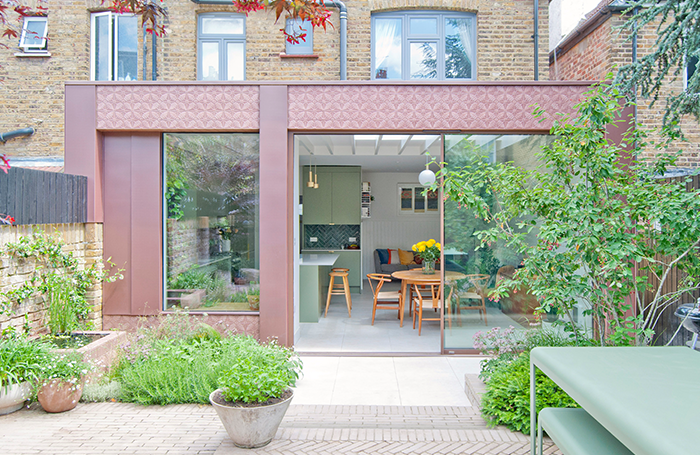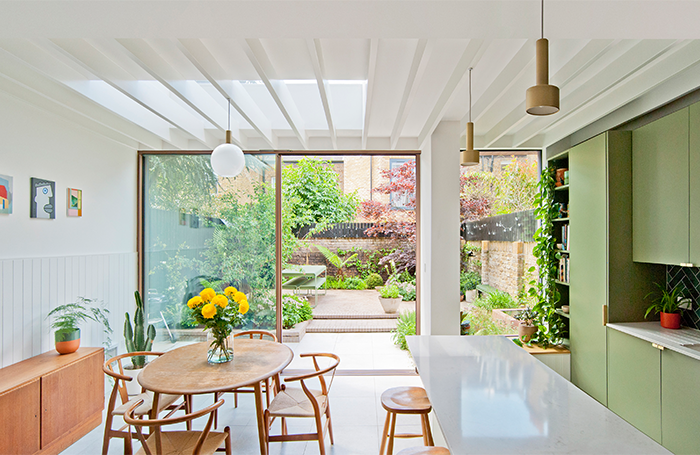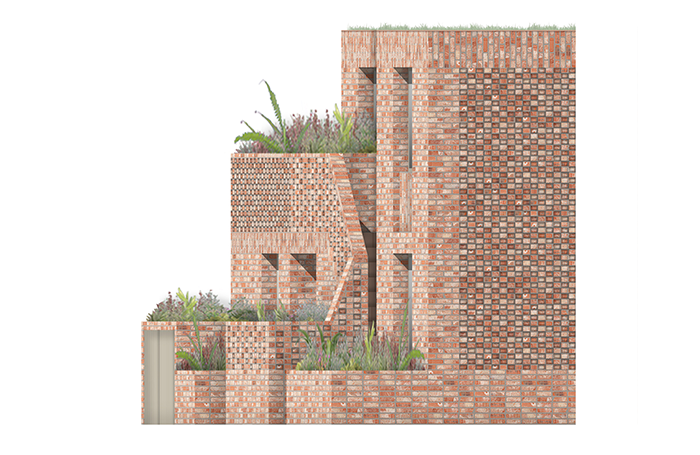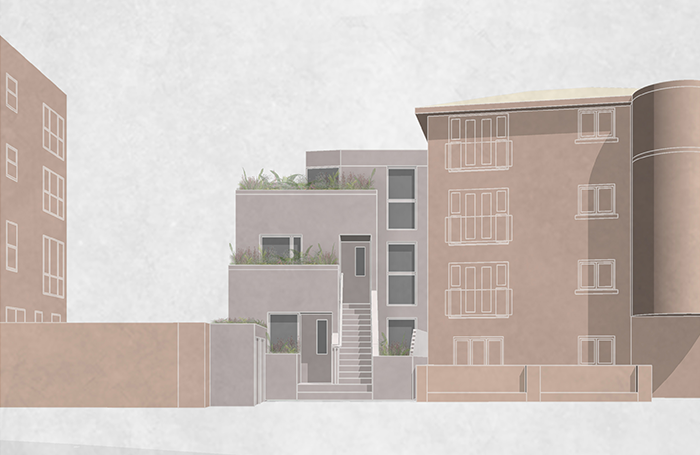Novak Hiles Architects was founded by Carla Novak and Adam Hiles in 2017.
The practice invests great energy and passion in delivering projects that are beautifully conceived and finely executed. They seek to understand and respond to the specific characteristics and opportunities of each project site and brief to develop a unique design that is both exceptional and deliverable. They strongly believe in architecture that is practical, sensitive to its context and infused with character and delight.
Novak Hiles Architects are currently working on a range of ambitious housing, commercial, and cultural projects for exciting clients who share our passionate approach.
Both Carla and Adam work together jointly on all projects. Every one of the practice’s projects is therefore genuinely rooted in a discursive process that is opened out to envelope our clients, craftspeople, and other collaborators - a process they find highly productive and satisfying.

What’s the most exciting project you’ve got coming up and why?
Our new build Garden Mews housing project in North London is due to start on site this month and we are very excited to realise this project on site. We are also currently working on another housing development in East London which shall provide two new homes on a constrained but very thought provoking infill plot in a transitional area. Both projects exemplify our approach and ongoing interest in housing projects where, with some creative thinking, there is the potential to redevelop a redundant or forgotten small urban site into something special.
The development of small urban sites is, in our view, crucial to the delivery of much needed, good quality, housing and we relish the opportunity to play an active role in this. We really enjoy the creative process of unlocking such sites which is something we feel we are especially good at (if we do say so ourselves). In our experience, the challenges that come with proximity and privacy often lead to opportunities for innovative architecture to flourish and this is something we are keen to champion.
We pride ourselves in designing spaces that we ourselves would wish to live or work in, and this underpins our core ethos as a practice.
What do you think is the most important issue for architects to focus on right now, and what are you doing as a practice to tackle it?
There are of course multifarious wider environmental, economic, and housing crises that we all face as a society at the current time, however, another important issue facing our generation is mental health.
Toxic work environments and early burnouts are being talked about far more now than ever before, with good reason, and as architects, it is important to learn to look after ourselves in this regard. Having a healthy work/life balance is easier said than done, but learning to get this right will produce a better generation of architects as we go forward. Within our own practice, we try hard to manage that balance. We don't always get it right but we find that when we take time to manage that balance, it helps our productivity overall.

Where do you look for inspiration?
We tend to draw inspiration less from a singular person or practice, rather we are consistently inspired and creatively replenished by long walks either pounding the streets of the city or wandering the hinterlands of more rural environments. There are always moments of joy and character to find in unexpected places, the best of which are often unintentional or unplanned. It is a reminder to enjoy the incidental and not be too controlling.
We also think that, wonderful as the city is, it is too easy to get stuck in a London bubble, so it’s important to get out and see buildings in person all over the country. Many of our favourite projects have been rural environments such as Turn End by Peter & Margaret Aldington, Ditchling Museum by Adam Richards Architects, and Hauser+Wirth Bruton by Laplace and b2 Architects, all of which have been an inspiration in their own way. It’s important to proactively go and see buildings in person and not just rely on photos proliferated on social media.
What do you think smaller architecture practices need the most support with, and does this differ from larger, more established practices?
Honestly, we think the biggest challenge is one of simply being ‘seen’, particularly by non-domestic developer clients. There have been some moves to organise competitions and frameworks that recognise the value of smaller or emerging practices, however, we have been disappointed to see these all too often dominated by practices that we would certainly not consider small or emerging. Furthermore, small practices are often excluded by excessive turnover or PI insurance requirements that are completely at odds with the project in question.
We recognise that risk and accountability are very important considerations, but we do feel that competition and framework organisers could do more to encourage clients to recognise the dedication, creativity, and emotional investment they get from working with smaller practices, to whom their project would be incredibly important.

How can architects reconnect people with nature in urban environments through architecture?
It is important to always remember the potential role of architecture to amplify opportunities for users to engage with nature, and that as life becomes increasingly stressful we need to provide people with the opportunity to remain connected with nature and ecology on an every day rather than an occasional basis.
We often get involved in landscape or garden design to some extent as part of our design work and the role of ecology is often an intrinsic part of our discussions with clients and anticipated building users.
Landscape can play an important role even within the reimagining of the most tightly constrained site, where planting is not only a crucial part of the participatory experience of outdoor spaces but, for us, often also plays an important role in screening or directing views, and establishing outlook. In other words, our relationship with nature often defines our relationship to the urban environment as well.
It's important to have our hands in the soil from time to time. We are fortunate to have an allotment where together we grow vegetables and cut flowers, which we enjoy immensely and also offers us an opportunity to step away from the screen and mull something over!
What is your advice for future generations of architects?
Our advice to the future generations of architects is to be interested in other things as well as architecture, as we believe this makes you a better architect. Sometimes we think people in the industry feel an expectation or pressure that if they don’t live, breathe and sleep architecture 24/7 that they are somehow not doing it right, or are not dedicated enough! This leads to bad work practices and a kind of constant competitive anxiety.
It is important to step away from a project sometimes in order to come back to it with refreshed eyes or to allow you to see or think about doing something differently. In our view, having other interests also makes you a more rounded person and more relatable to clients and project users.

To find out more about Novak Hiles Architects, visit the Novak Hiles Architects website or follow them on Twitter, and LinkedIn.









